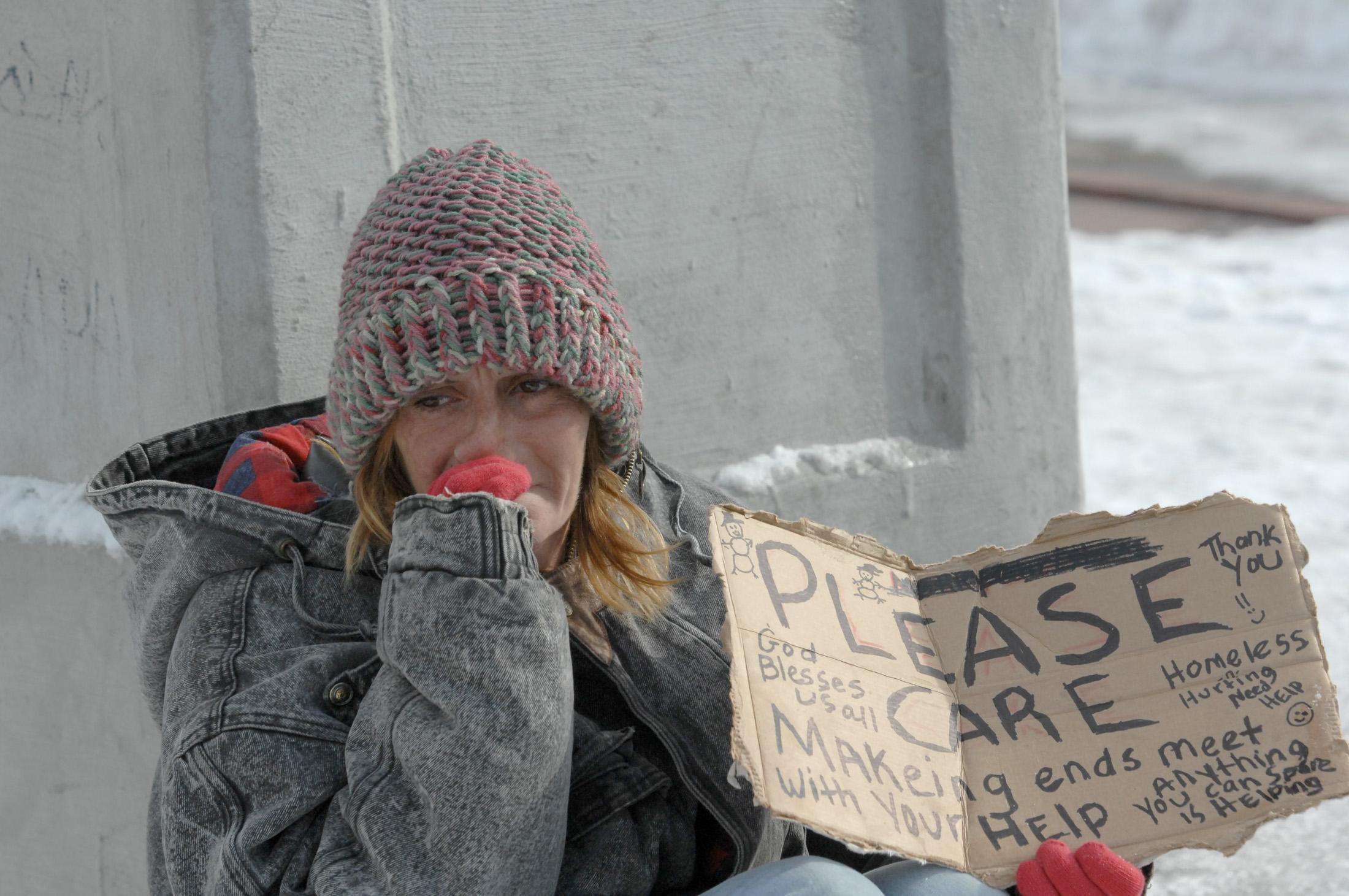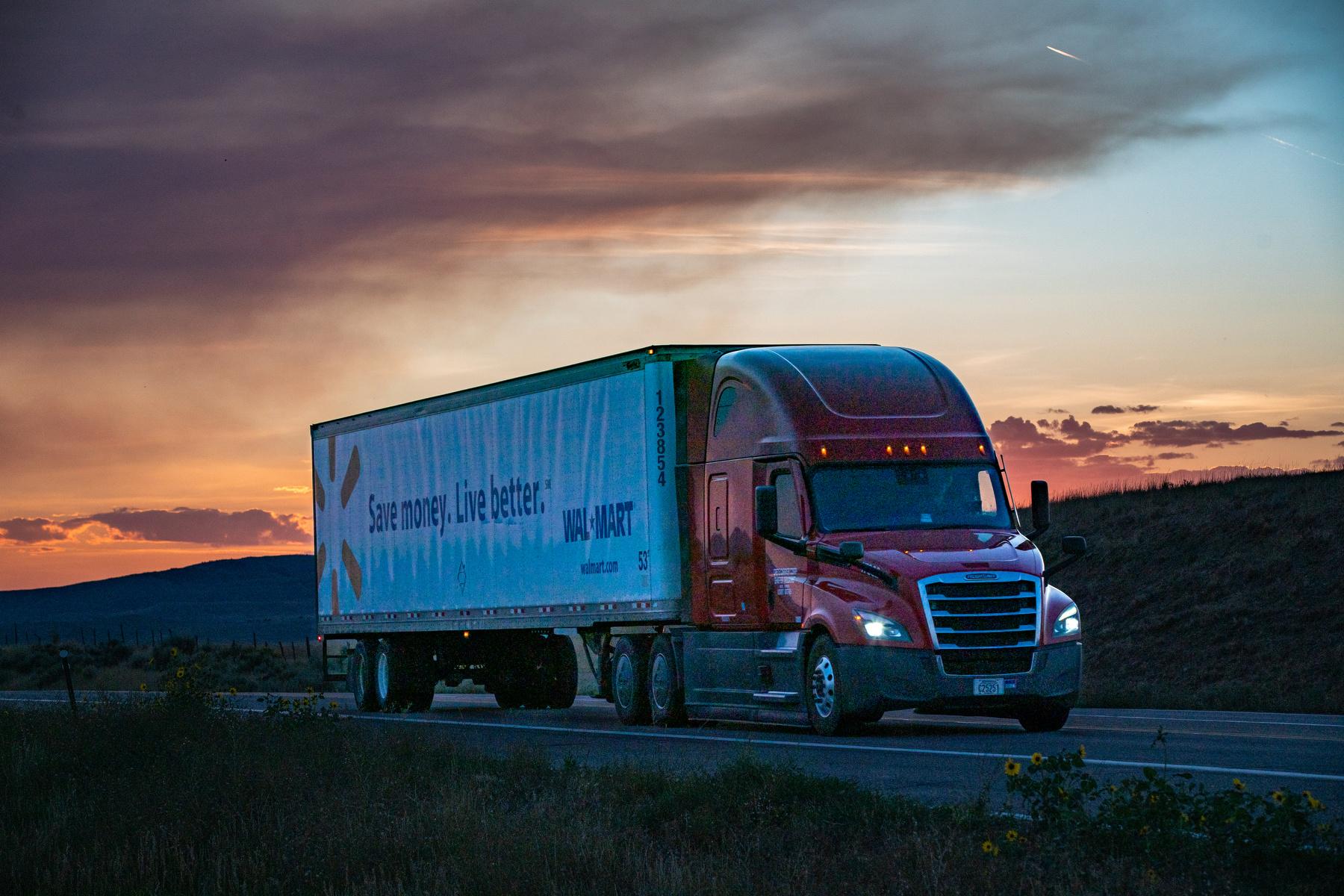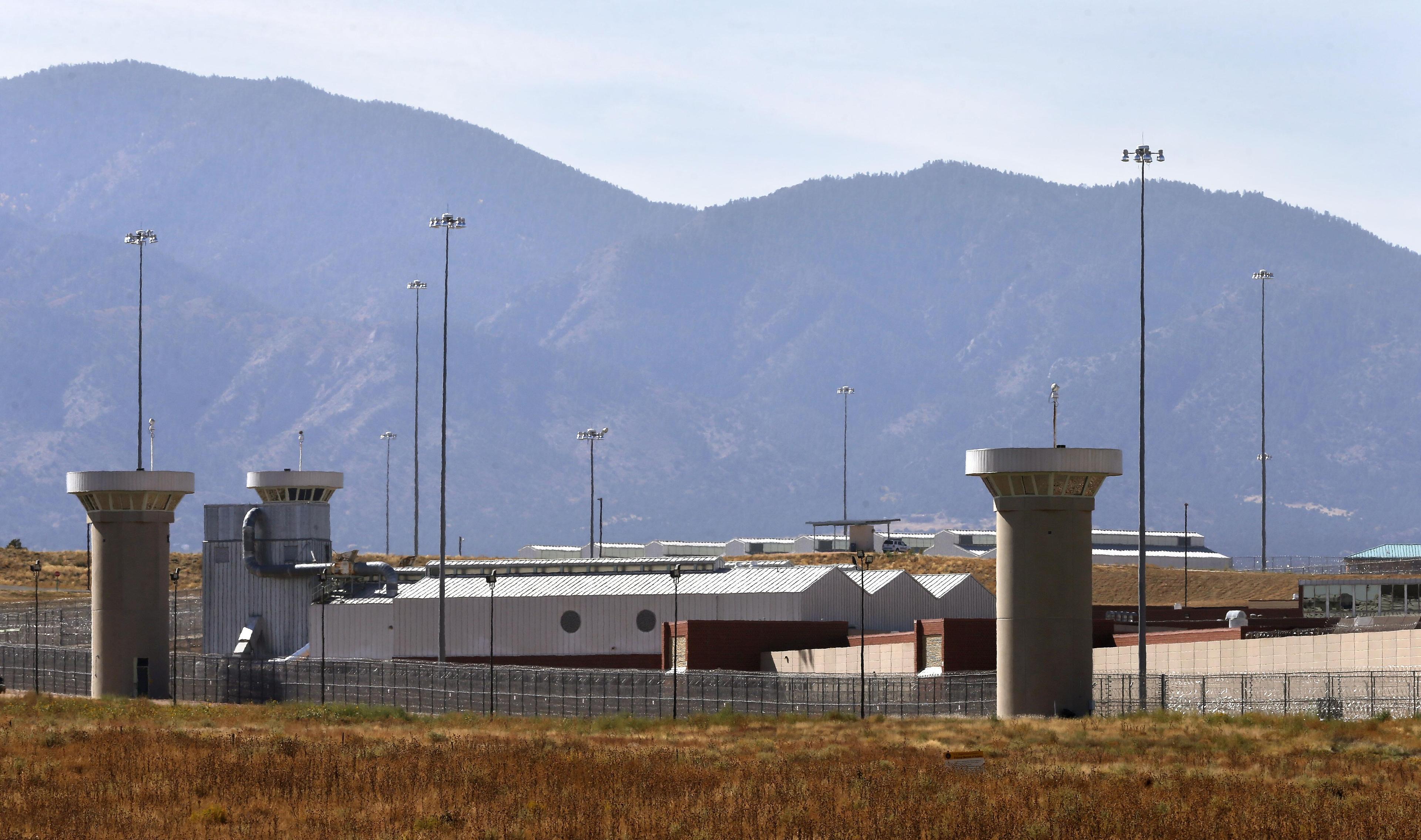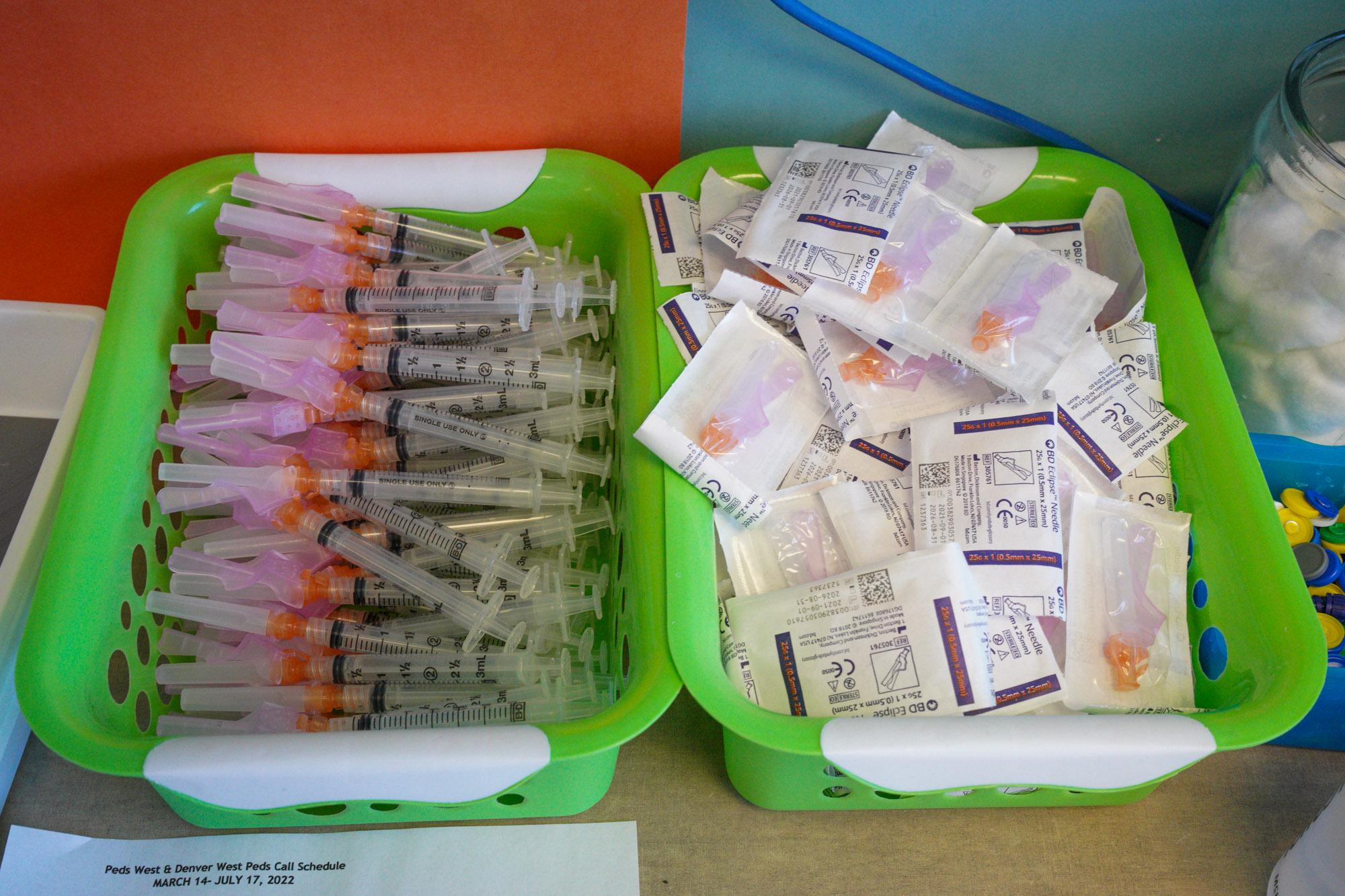
 Stepping over young, huddled bodies on the ground just to get in the door wasn't always the way Kim Easton arrived at work. But at Urban Peak, Denver's only drop-in center for 21- to 25-year-olds, the doorway this year has been more crowded with young people clambering to get in for a hot meal or shower than ever before.
Stepping over young, huddled bodies on the ground just to get in the door wasn't always the way Kim Easton arrived at work. But at Urban Peak, Denver's only drop-in center for 21- to 25-year-olds, the doorway this year has been more crowded with young people clambering to get in for a hot meal or shower than ever before.
The center recorded an unprecedented 153 percent increase in homeless clients over the summer months, says Easton, Urban Peak's chief executive officer. That means not just fewer available showers and clean laundry to go around, but also a staff working in overdrive to accommodate the influx.
The rise in homeless young people in Denver is part of a larger trend across the United States. In November, the National Center on Family Homelessness reported one in 30 children in the country experienced homelessness last year. That's up from one in 45 kids in 2010. But here in Colorado, young adults like those at Urban Peak seem to have been hit even harder than their teenage peers.
What Easton is hearing in conversations with young men and women at the drop-in center is that some of them have moved here, where marijuana is legal, because it's “one less issue to worry about being arrested for.” But she doesn't think new pot laws alone are responsible for the rise in homeless young adults seeking services this year.
Unemployment for people in their early 20s sits at 10.9 percent. Compare that to a national average of 5.8 percent in November. Easton also points to Denver's low housing vacancy rate (less than 3 percent) as another barrier to stability because it is driving up the cost of rents in Denver. And she says while federal spending on homeless veterans has gone up, there’s been less money from the Department of Housing and Urban Development for homeless children. Colorado has more homeless children per capita than 36 other states. And while some kids can rest in shelters, for young adults, it's harder to find a safe place to stay.
“They just walk all night long,” Easton says.
So when they arrive at the center in the morning after a night roaming the streets, “it's finally a moment they can let their guard down.”








